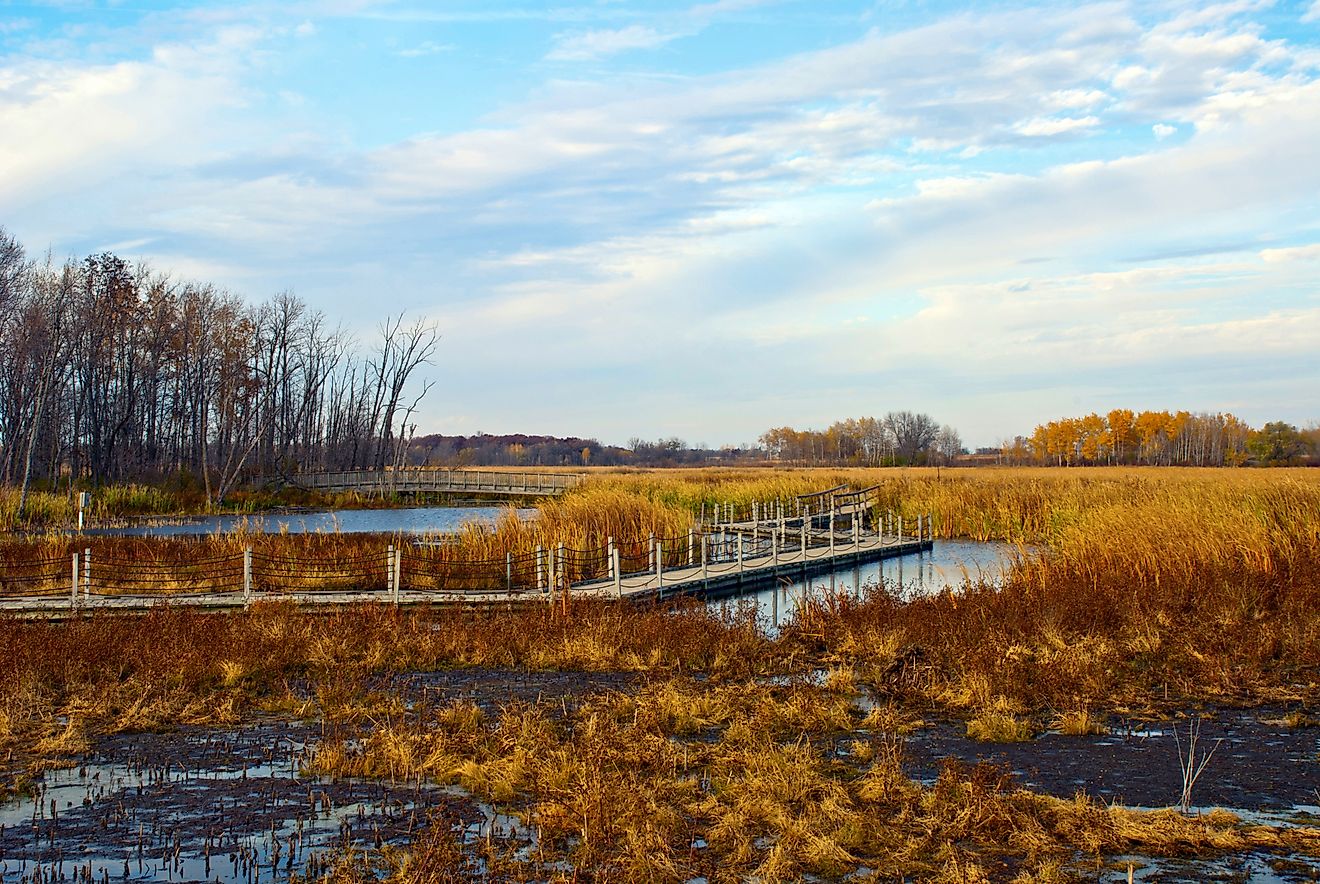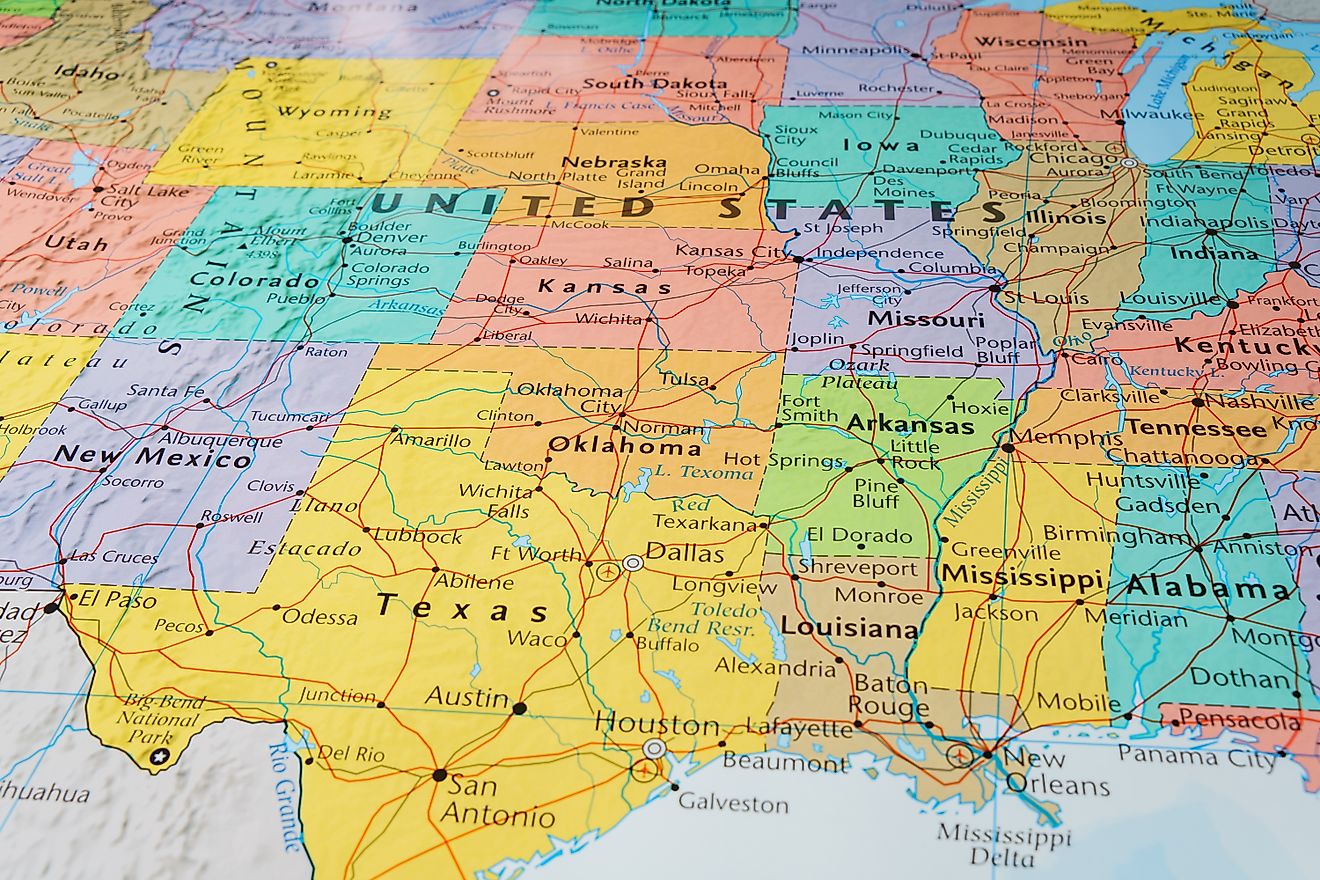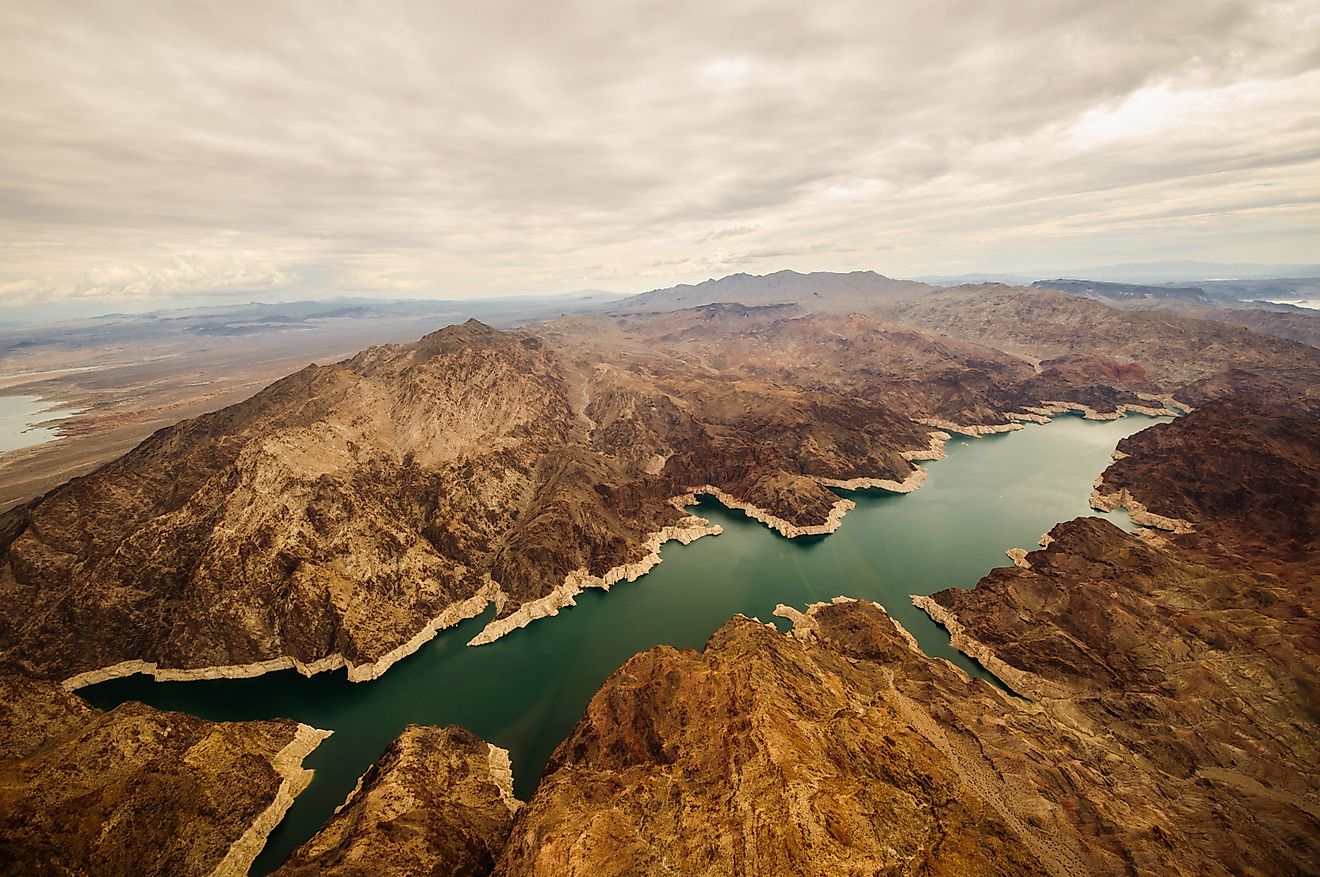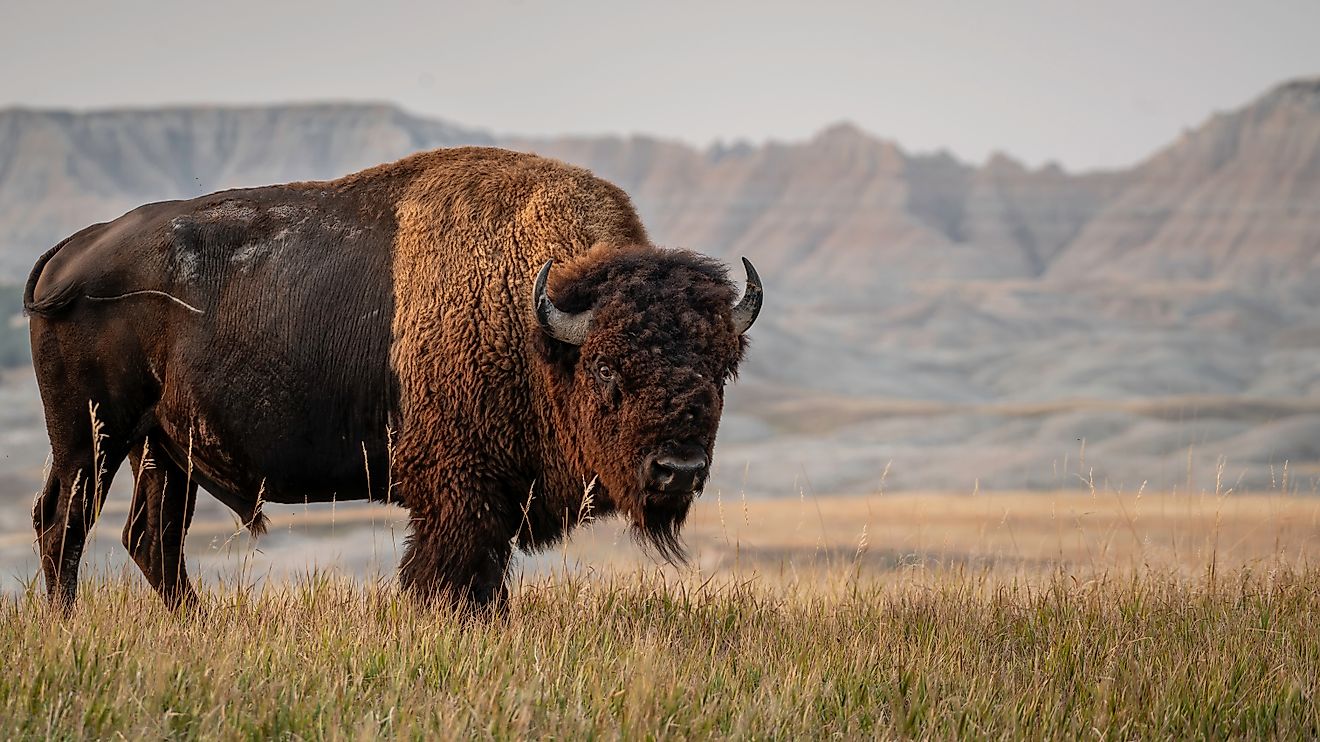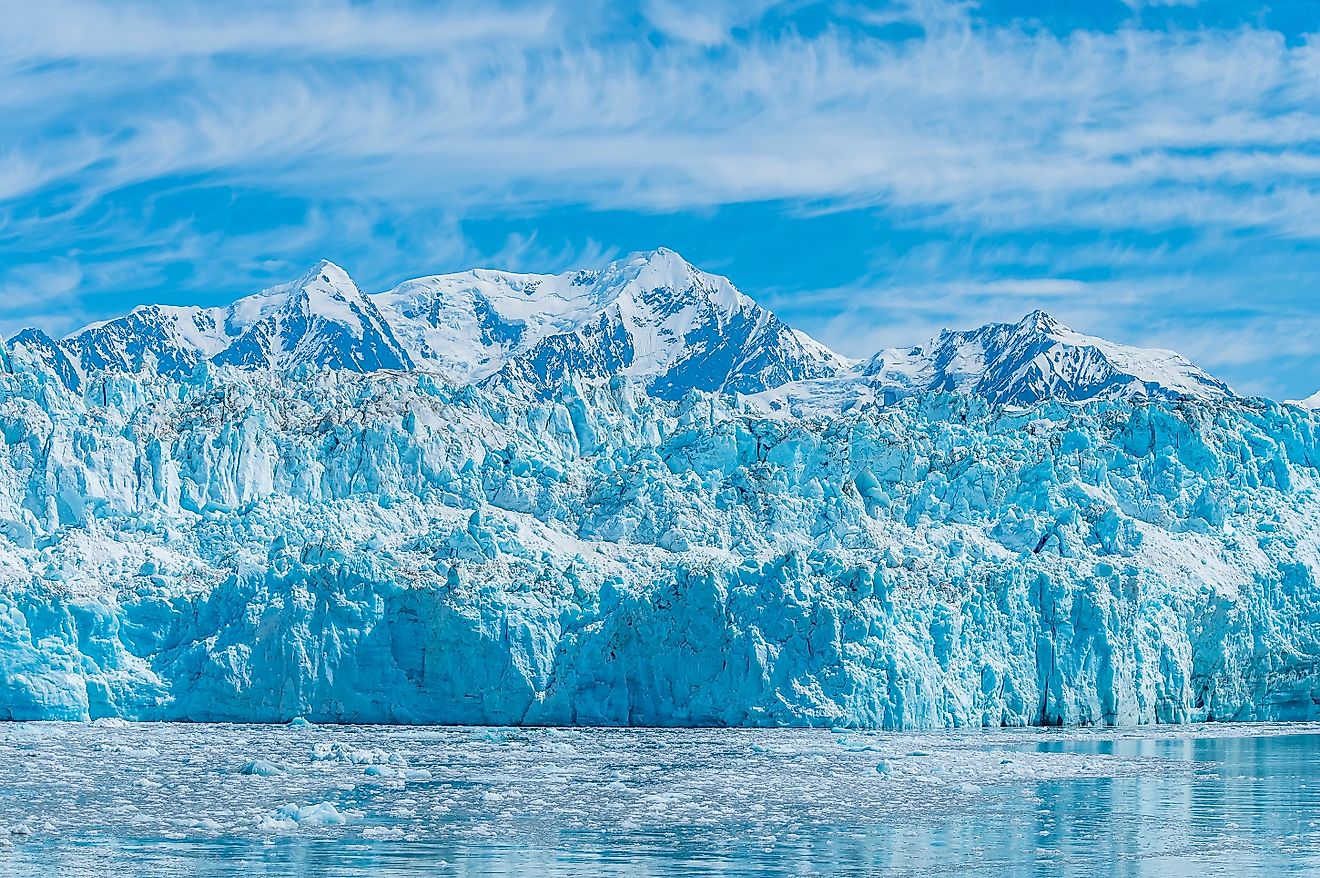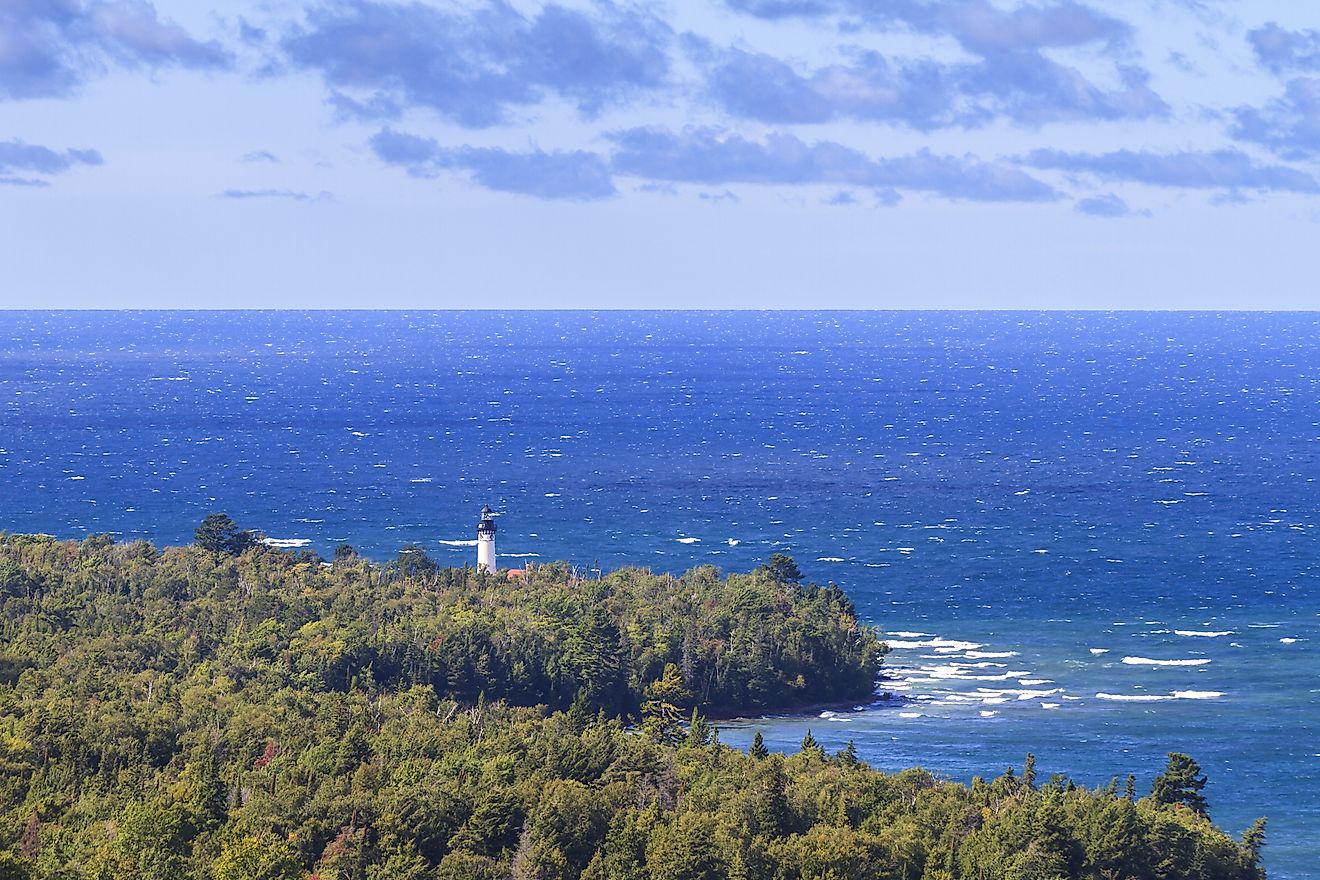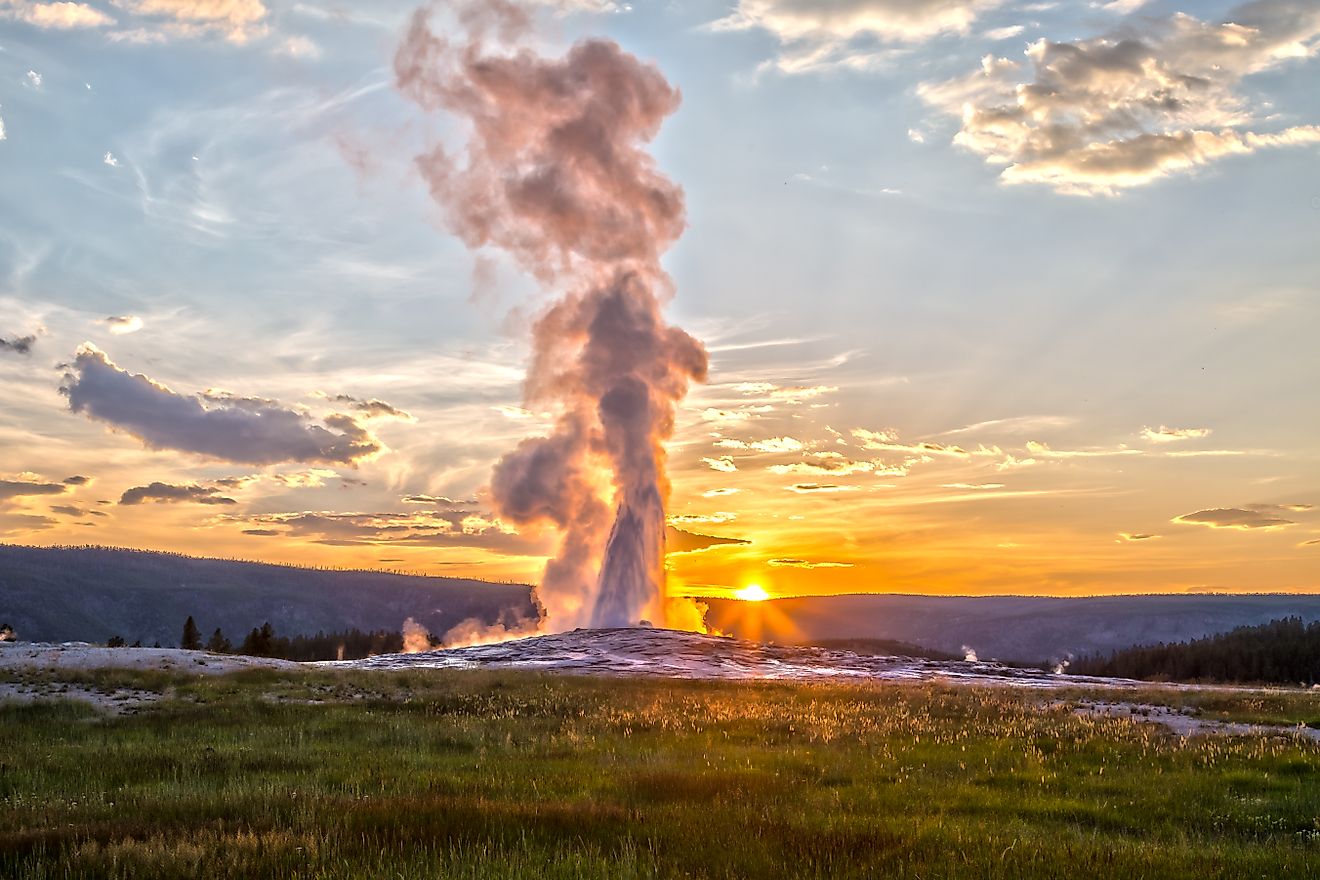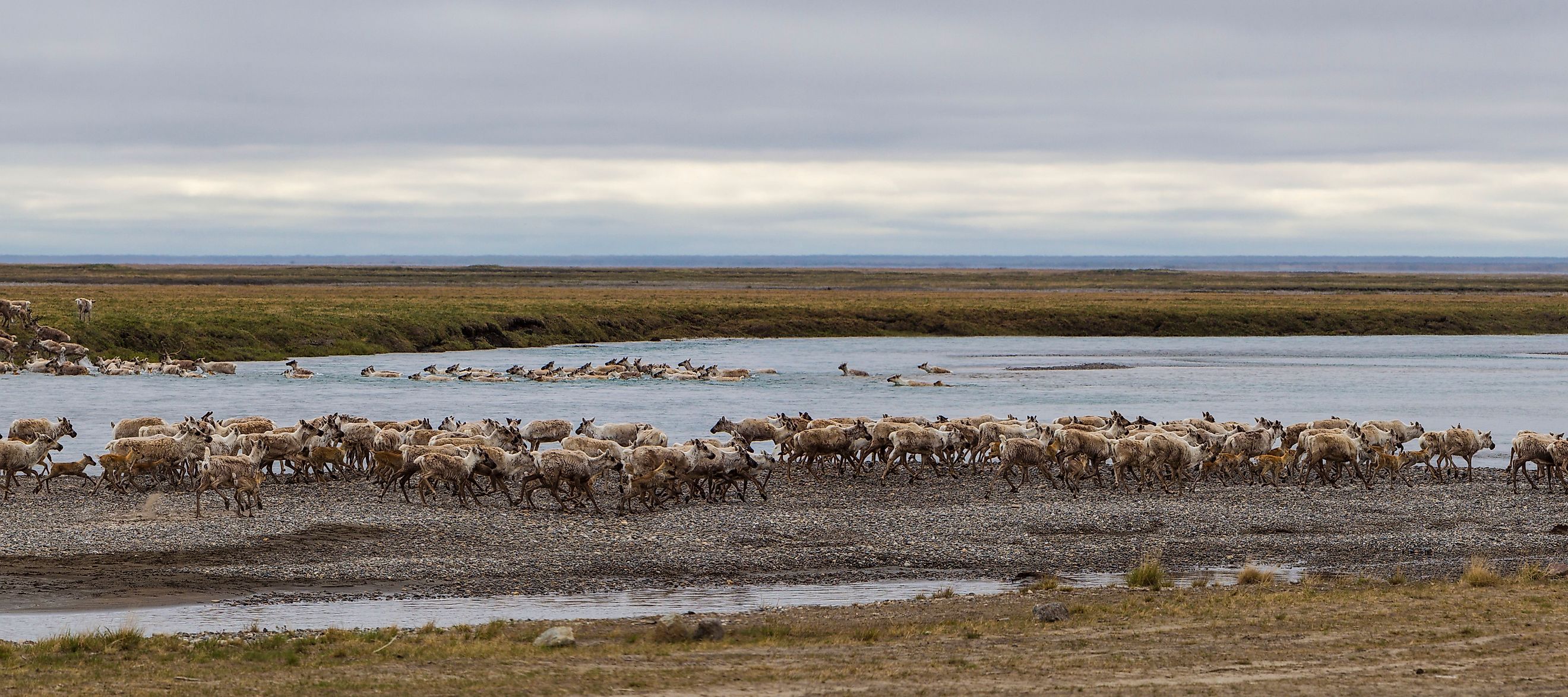
The Largest Wildlife Refuge in the US
In Alaska’s remote northeast corner, the Arctic National Wildlife Refuge stretches across an astonishing 19.6 million acres of tundra, mountains, and coast. This immense wilderness forms the largest national wildlife refuge in the United States. Few places on Earth remain as untouched, as sweeping, or as ecologically complete.
The refuge represents one of the last intact Arctic and subarctic ecosystems on the planet. Its landscape flows from the rugged peaks of the Brooks Range to the flat, frozen Coastal Plain that meets the Beaufort Sea. Across that range of habitats, polar bears hunt along the ice, caribou sweep through valleys, and migratory birds fill the summer air with movement and sound.
An Entire Arctic World Within One Boundary
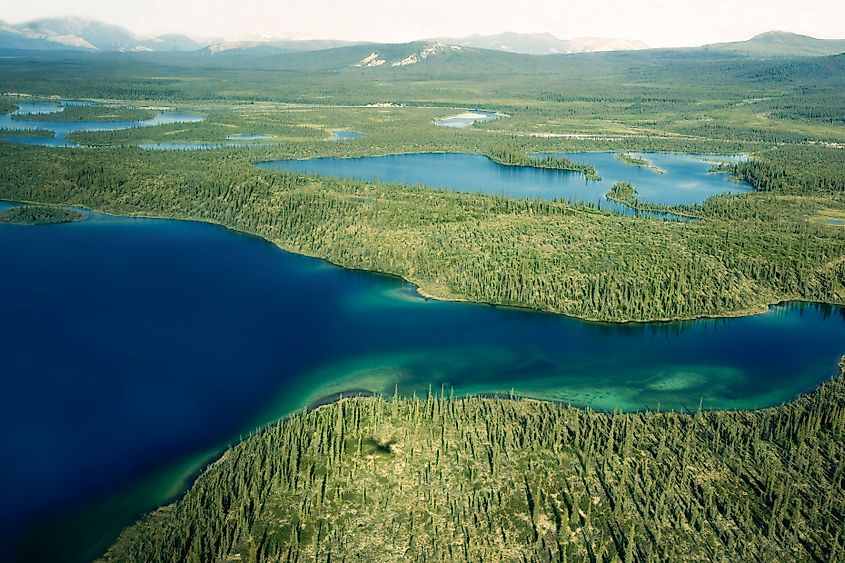
Established in 1960 by President Dwight D. Eisenhower, the Arctic National Wildlife Range began as a visionary act of preservation. At the time, few realized how unique it was to protect an entire ecosystem rather than one specific species or scenic feature. The designation included both sides of the Brooks Range, linking the mountains, tundra, and coast into one living system.
In 1980, Congress expanded this protected area and renamed it the Arctic National Wildlife Refuge. The move doubled down on the original idea: safeguarding an unbroken Arctic environment that could function without human interference. The decision remains one of the most significant milestones in American conservation history.
The World’s Bird Nursery
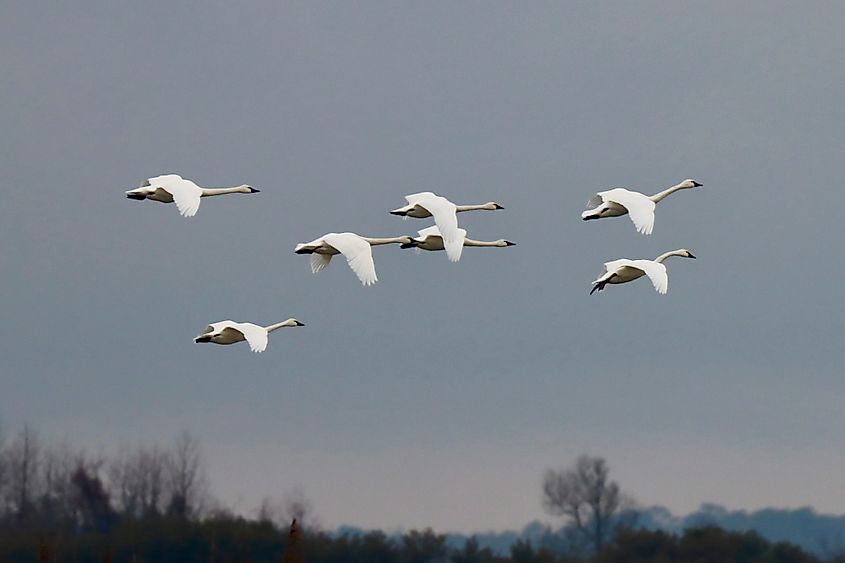
Every summer, the Arctic Refuge bursts to life. Endless sunlight floods the tundra, melting snow and sparking a surge of plant and insect activity. Millions of birds arrive from six continents to nest, feed, and raise their young. It is one of the planet’s greatest avian migrations; a global gathering on the tundra.
Species such as snow geese, tundra swans, and northern pintails fill the sky. Songbirds from as far as South America join the chorus. The coastal wetlands and ponds offer rich feeding grounds for chicks that must grow strong enough to migrate thousands of miles again before the brief summer fades.
Notable Migratory Species Found in the Refuge
-
Northern Pintail
-
Snow Goose
-
Tundra Swan
-
American Golden-Plover
-
Lapland Longspur
-
Red Phalarope
The Refuge’s nickname, “the world’s bird nursery,” captures the essence of this fleeting yet spectacular transformation. In a matter of weeks, the tundra becomes one of the most biologically productive landscapes on Earth.
The Caribou’s Great Migration
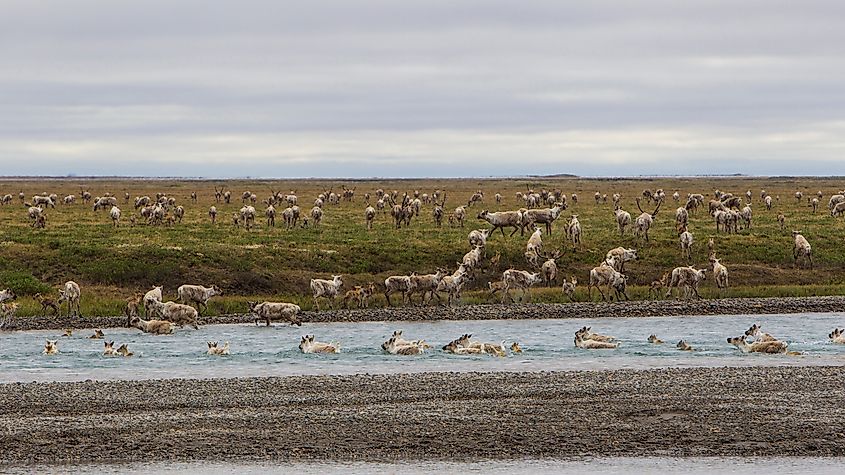
No animal defines the Arctic Refuge more vividly than the Porcupine Caribou Herd. Roughly 197,000 strong, these caribou travel hundreds of miles between their winter forests and the calving grounds of the Coastal Plain. Their migration ranks among the longest of any land mammal in North America.
The Coastal Plain serves as the nursery for the herd, a place where calves are born in early summer under constant daylight. The open terrain helps adults spot predators such as wolves and grizzly bears. The survival of this herd is deeply intertwined with the health of the plain itself.
For the Gwich’in people, who live along the herd’s migratory route, the caribou hold spiritual and cultural importance that reaches back thousands of years. They call the Coastal Plain “the sacred place where life begins.”
Predators of the Frozen North
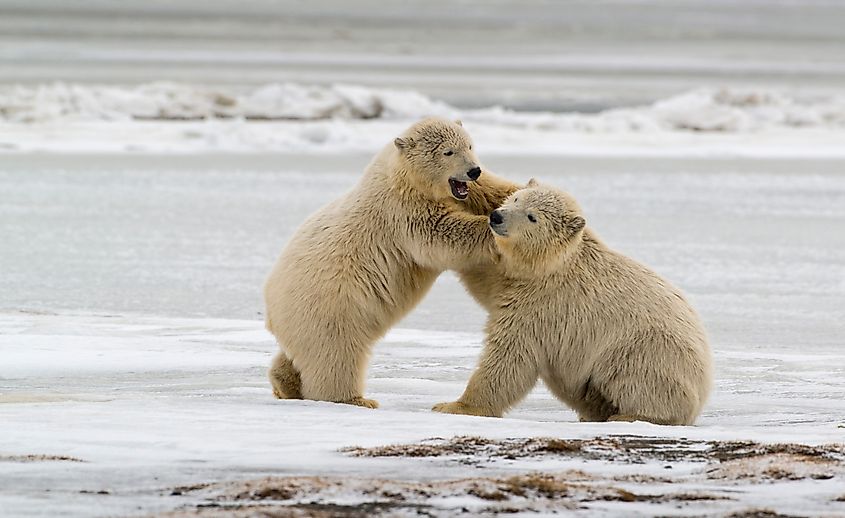
The Refuge supports a complete suite of Arctic predators, an indicator of ecological balance rarely found elsewhere. Polar bears roam the sea ice hunting seals, while grizzlies patrol river corridors inland. Wolves track caribou herds across the tundra, and Arctic foxes dart between snowdrifts searching for lemmings.
Each species plays a role in maintaining equilibrium. When caribou herds are strong, predators thrive. When winters grow harsh and food becomes scarce, populations naturally ebb. The cycles continue as they have for millennia, unbroken by roads or fences.
Top Predators of the Arctic Refuge
-
Polar bear
-
Grizzly bear
-
Wolf
-
Wolverine
-
Arctic fox
Oil, Politics, and Preservation
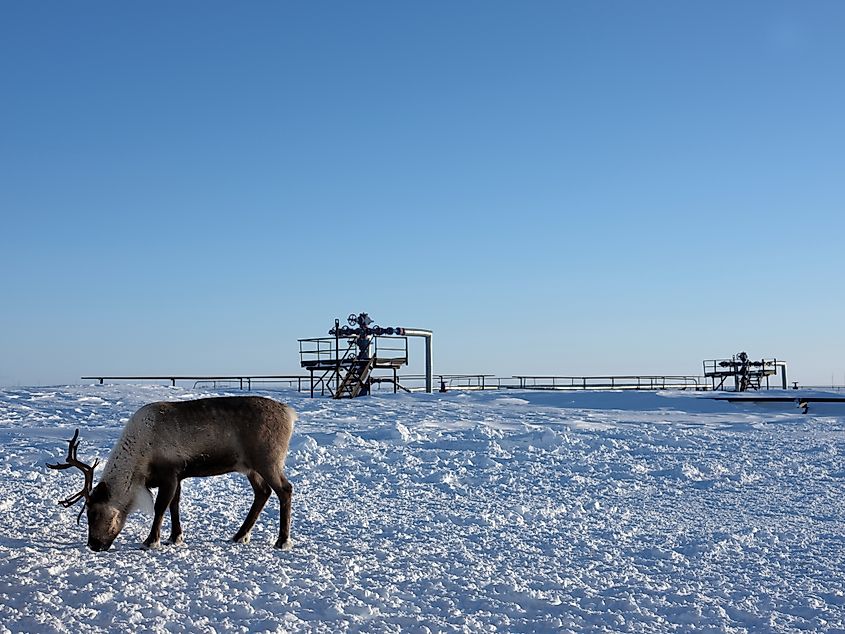
The story of the Arctic Refuge has long intertwined with national debates over energy and conservation. The Coastal Plain, though ecologically vital, also holds potential oil reserves. When the Refuge was expanded in 1980, Congress prohibited drilling unless approved through a new act.
That safeguard held for decades until 2017, when legislation reopened the plain for possible oil and gas leasing. Lease sales followed in 2021, prompting a wave of public opposition and legal challenges. Soon after taking office, the Biden Administration suspended development pending environmental review.
In September 2023, the Department of the Interior officially canceled the outstanding leases. The decision restored protection to one of the refuge’s most sensitive areas and renewed focus on preserving its ecological and cultural significance.
A Living Record of the Ice Age
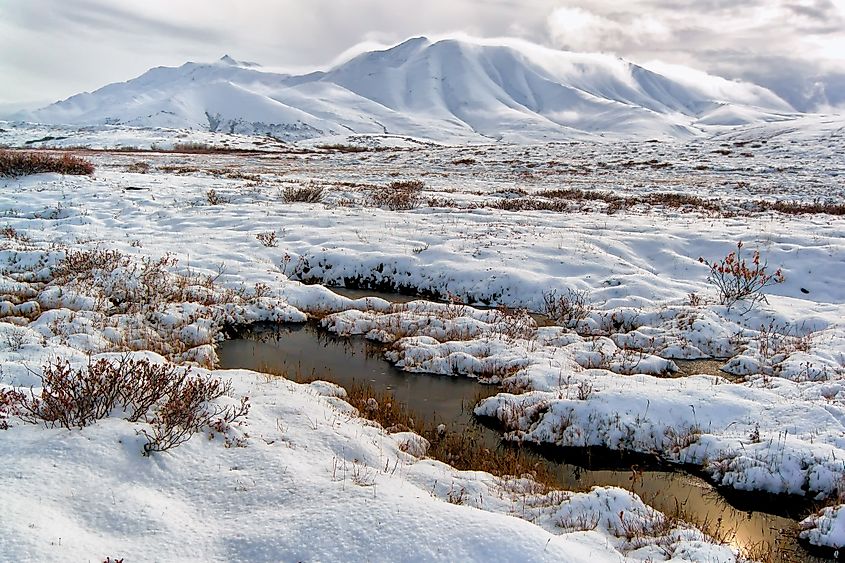
Beyond its wildlife, the Arctic Refuge stands as a geologic archive of the last Ice Age. The Brooks Range once shouldered massive glaciers that carved deep valleys and left behind moraines and patterned ground still visible today. The tundra plants and hardy shrubs that cling to life here evolved to survive in thin soils and long winters.
Each season, the land shifts between two extremes. Winter brings months of darkness, with temperatures plunging below –40°F. Then, in June, the sun circles the horizon without setting for weeks, igniting a burst of photosynthesis that powers the entire ecosystem.
The Refuge as a Cultural Landscape
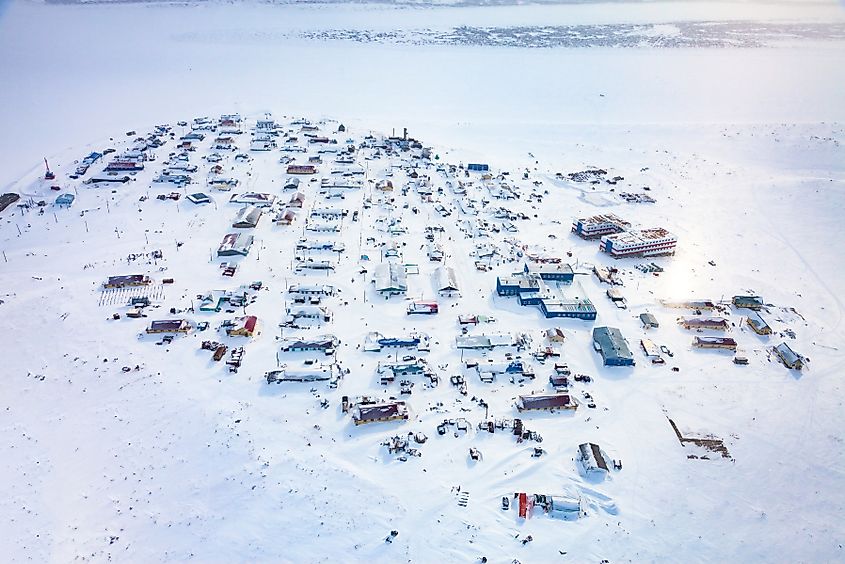
The Arctic National Wildlife Refuge is a living homeland. Indigenous communities such as the Gwich’in and Iñupiat have relied on these lands and waters for generations, shaping lifeways grounded in respect for the cycles of nature.
For the Gwich’in, the caribou migration provides food, clothing, and cultural continuity. For the Iñupiat, the coastal waters and sea ice support a tradition of subsistence whaling and seal hunting. Protecting the refuge safeguards not just wildlife, but entire ways of life rooted in harmony with the Arctic environment.
Experiencing the Refuge: Vast, Remote, and Wild
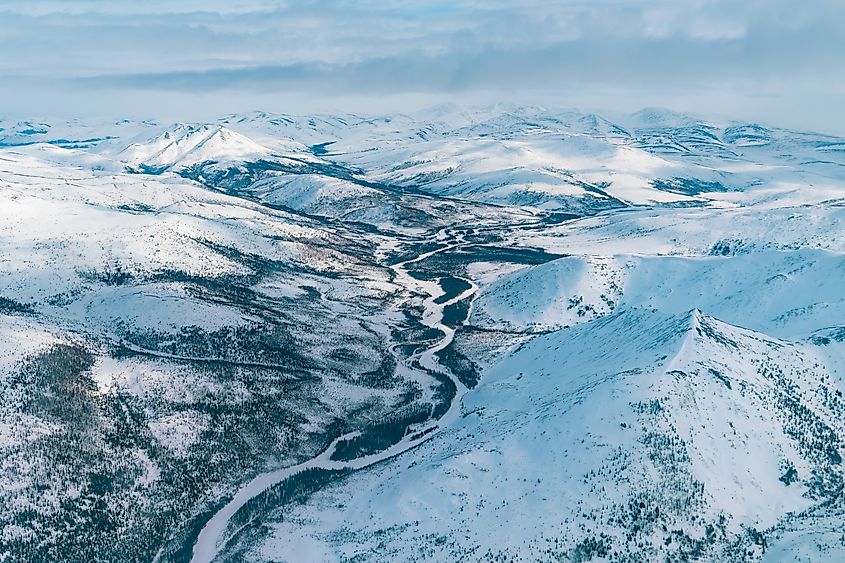
Few places in the world compare to the Arctic Refuge’s scale of wilderness. Access is limited, often requiring charter flights or long river journeys by canoe or raft. The absence of roads and development preserves its sense of isolation and purity.
Those who reach it find a land defined by extremes. It offers silence that feels infinite, light that never fades in summer, and darkness that stretches for months in winter. Scientists, naturalists, and explorers continue to study its ecosystems, documenting shifts linked to climate change and wildlife migration.
Key Regions of the Refuge
-
Brooks Range: Sharp peaks and alpine valleys that divide Arctic and subarctic ecosystems
-
Coastal Plain: Tundra lowlands critical for caribou calving and migratory birds
-
Porcupine River Basin: Forested corridors supporting moose, bears, and wolves
-
Beaufort Sea Coast: Habitat for polar bears and nesting seabirds
A Future Still Unfolding
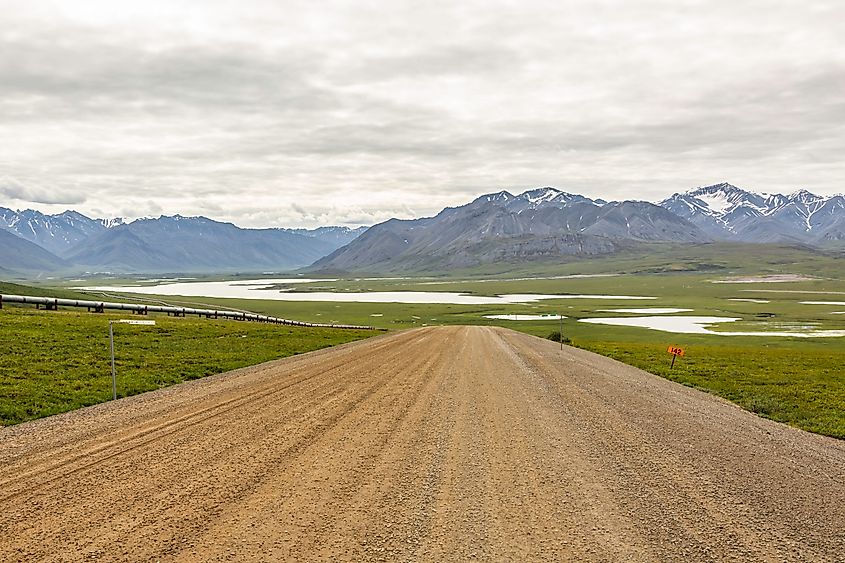
The Arctic National Wildlife Refuge remains at the center of ongoing dialogue about energy, conservation, and climate resilience. Its untouched ecosystems provide a scientific baseline for understanding Arctic change, while its wild beauty continues to inspire protection efforts worldwide.
For over sixty years, the refuge has stood as a symbol of what remains possible when preservation triumphs over exploitation. Each migration, thaw, and returning season reaffirms its enduring value, a reminder that true wilderness still exists on the far northern edge of America.
Quick Facts: Arctic National Wildlife Refuge
| Feature | Detail |
|---|---|
| Total Area | 19.6 million acres |
| Location | Northeastern Alaska |
| Established | 1960 (as a range), expanded in 1980 |
| Major Habitats | Brooks Range, tundra, Coastal Plain |
| Signature Species | Polar bears, caribou, musk oxen, wolves, grizzlies, arctic foxes |
| Nickname | “The Last Great Wilderness” |

